- Massive Range
- FREE UK Delivery
- Rapid Dispatch
- Massive Range
- FREE UK Delivery
- Rapid Dispatch
- Massive Range
- FREE UK Delivery
- Rapid Dispatch
Home » Form A vs Form C Washers: Which One Do You Need?
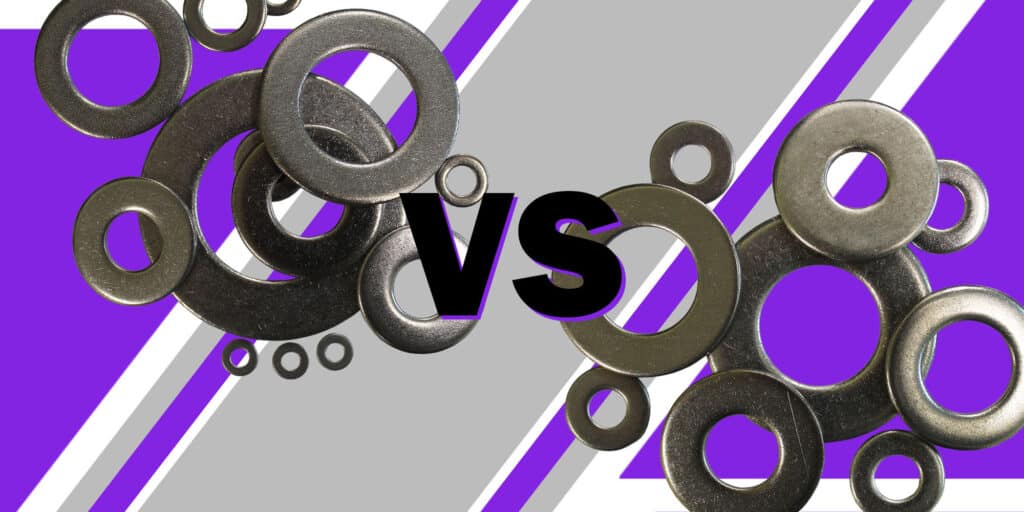
Washers play an important role in the world of machinery and construction, ensuring the stability and longevity of assemblies and structures. In everything from aerospace to household appliances, the right washer can make a difference between a secure connection and a potential failure.
Washers are flat disks with a hole in the middle, designed to distribute the load of a threaded fastener, such as a bolt or screw. They serve multiple purposes: preventing damage to the surface being fastened, providing a smooth surface for the nut to press against, reducing friction, and preventing loosening under vibration.
Washers in Form A are the most common type of washer used in a variety of applications. The outer diameter and thickness are both standard. Form A washers have a variety of lightweight to medium-duty applications due to their general dimensions. Their main use is in general construction, automotive assembly, and machinery manufacturing, where reliability is more important than precision.
Form C washers, on the other hand, have a larger outer diameter in comparison to Form A washers, allowing for a greater surface area, which makes them ideal for applications requiring load distribution over a larger area. The increased surface area also means Form C washers can help prevent pull-through and are often used in soft material applications or where oversized holes have become an issue.
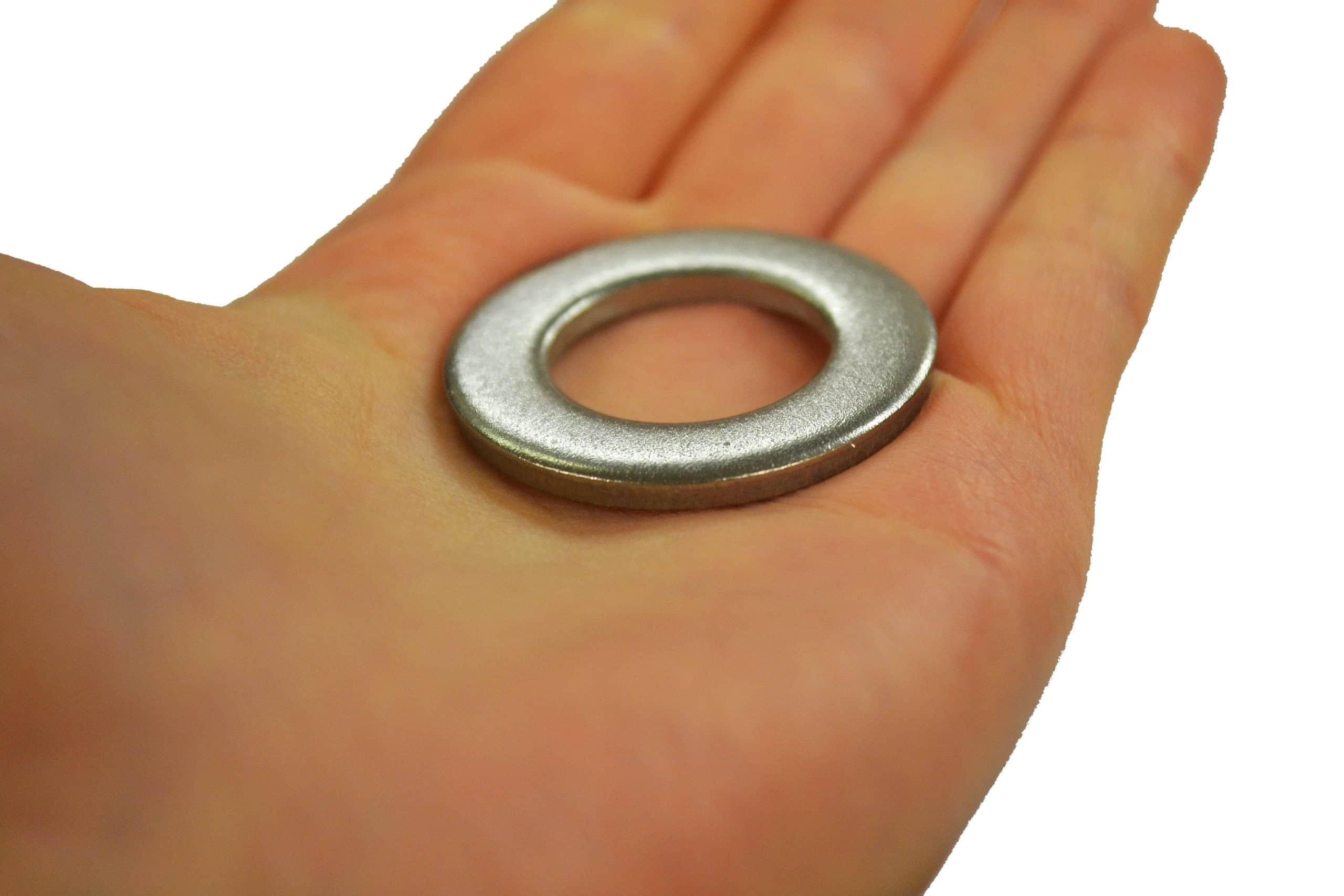
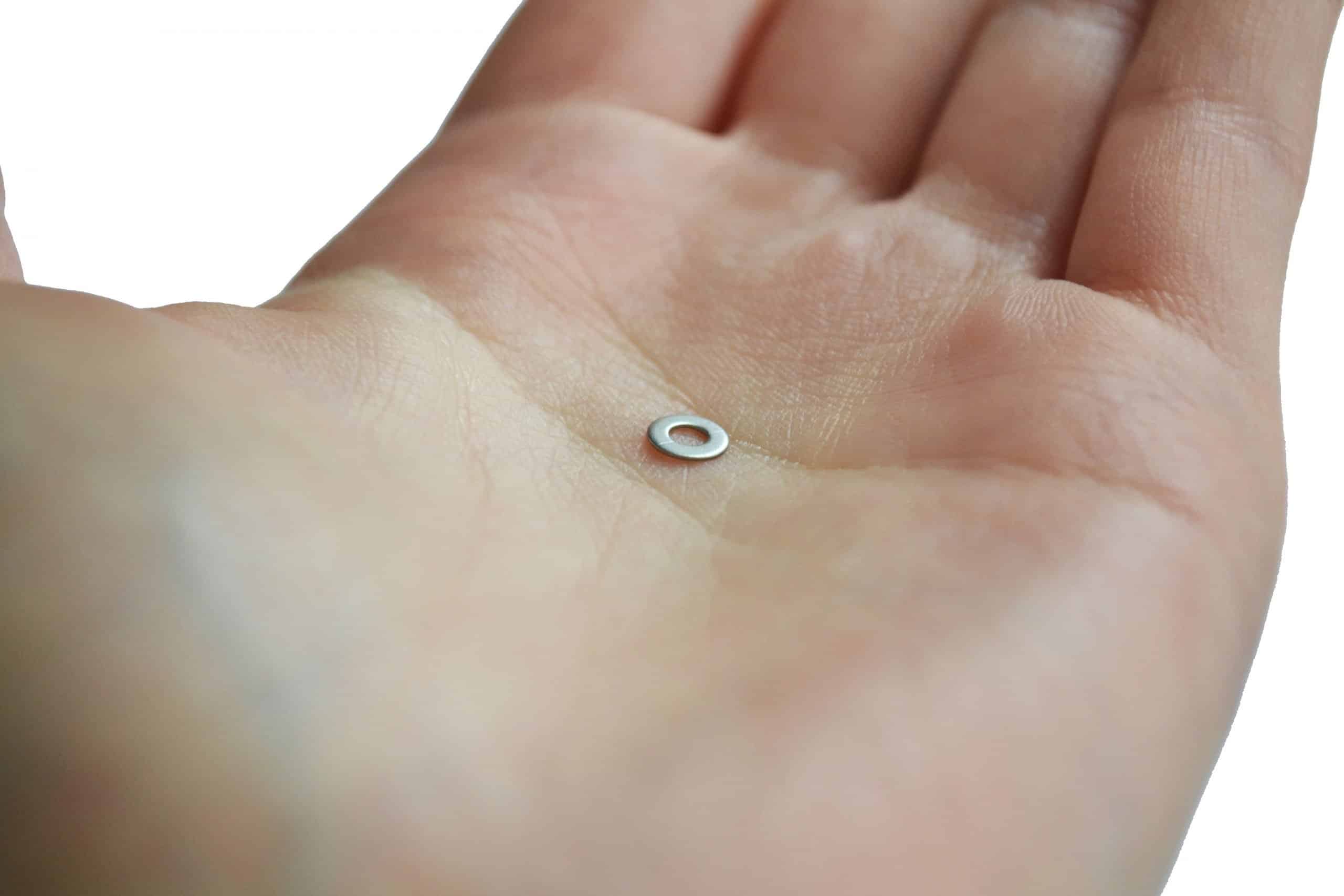
Typically disk-shaped, a washer is a thin plate with a hole used to distribute the load of a threaded fastener, such as a screw or nut. Washers serve several purposes: they prevent damage to the surface being fastened, distribute load evenly, provide a smooth surface for the nut or bolt to press against, and can act as spacers. Their history dates back to the dawn of engineering, when they evolved from simple wooden or metal disks to today’s sophisticated components made from a variety of materials. In addition to reducing vibration, they ensure that fastenings remain tight and secure.
| Feature | Form A Washers | Form C Washers |
|---|---|---|
| Thickness | Standard | Varies (typically thicker to accommodate larger load distribution) |
| Size Range | Wide range of sizes | Larger outside diameter for broader load distribution |
| Applications | General-purpose: automotive, furniture making, light to medium duty | Specialised: construction, heavy machinery, heavy-duty applications |
| Material & Finish | Variety of materials and finishes for different environments | Options available to withstand harsh environments and heavy-duty use |
| Load Distribution | Reliable for light to medium duty applications | Broader distribution on softer materials or oversized holes |
| Environmental Suitability | Consider material corrosion based on environment | Materials selected for durability in specific environments |
| Availability | Broadly available, compatible with various fastening systems | May require more specific selection based on project needs |
Comparing Form A and Form C washers comes down to the application’s specific requirements. There are three primary factors to consider: size, material, and load distribution. Form A washers are sufficient for most standard applications where space is not a constraint and the load is moderate.
Conversely, Form C washers are more suitable for applications requiring larger load distribution areas, such as soft materials or large clearance holes. A variety of factors must be considered, such as cost, the corrosive nature of the environment, and availability.
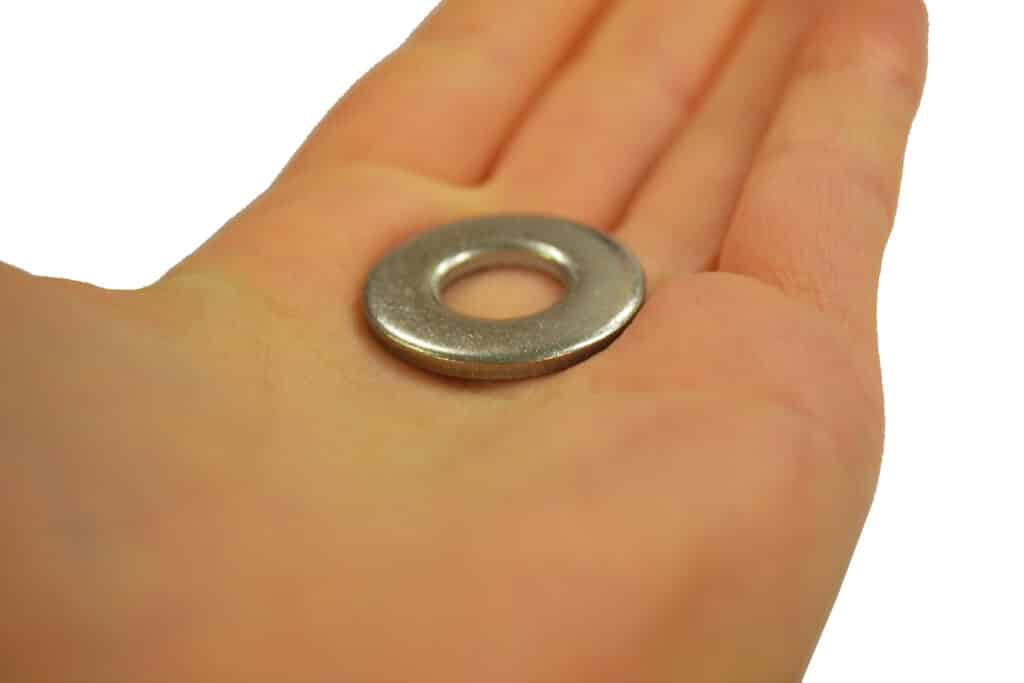
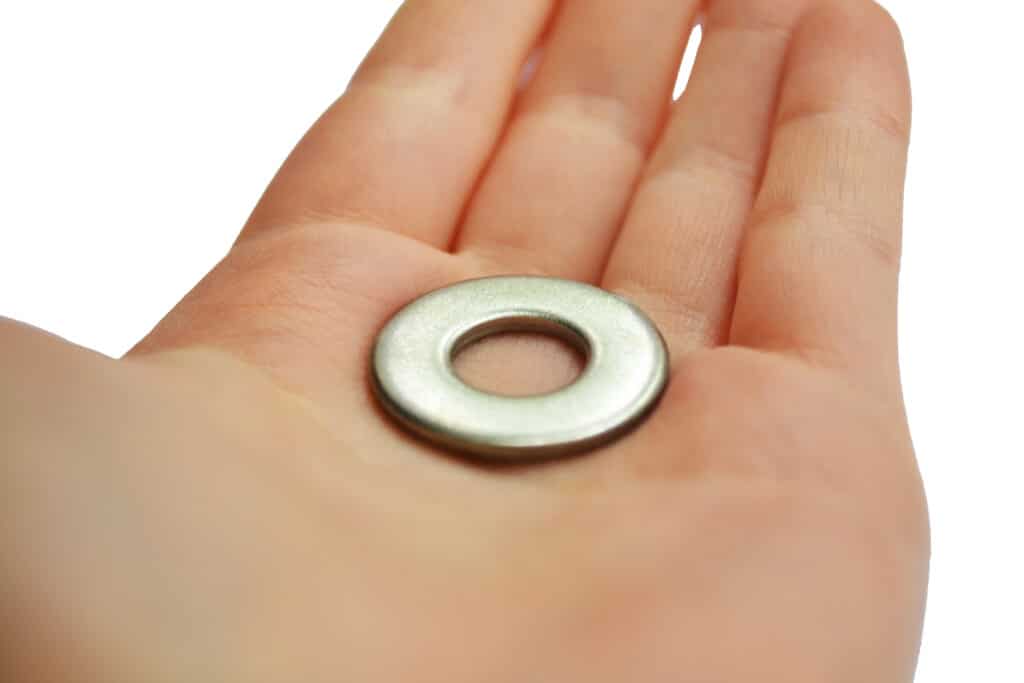
Form A or Form C washers should be selected based on your project’s specifications, including the materials involved, the environmental conditions, and your budget. By consulting with engineers or fastener experts, you can ensure that your choice meets operational demands. For your project to succeed, you must also source high-quality washers from reputable suppliers and verify their compliance with industry standards.
| Aspect | Form A Washers | Form C Washers |
|---|---|---|
| Pros | ||
| Availability | Widely available and easy to source. | Available but may require specific sourcing for particular applications. |
| Versatility | Suitable for a wide range of general-purpose applications. | Ideal for specialised applications requiring broader load distribution. |
| Compatibility | Compatible with various fastening systems. | Offers options for harsh environments and heavy-duty applications. |
| Size Range | Comes in a wide range of sizes for flexibility. | Larger outside diameter supports broader load distribution on soft materials or oversised holes. |
| Cons | ||
| Load Distribution | Limited to light to medium duty applications. | May be over-specified for simple or light applications, potentially increasing cost. |
| Environmental Suitability | Material selection must consider corrosion based on the environment. | While durable, the selection process is more critical to match environmental conditions. |
| Specificity | Standard thickness may not be ideal for all applications. | Requires more detailed selection to ensure project needs are met, which can increase project planning time. |
| Cost | Generally cost-effective for bulk and general use. | Potentially higher cost due to specialised materials and finishes. |
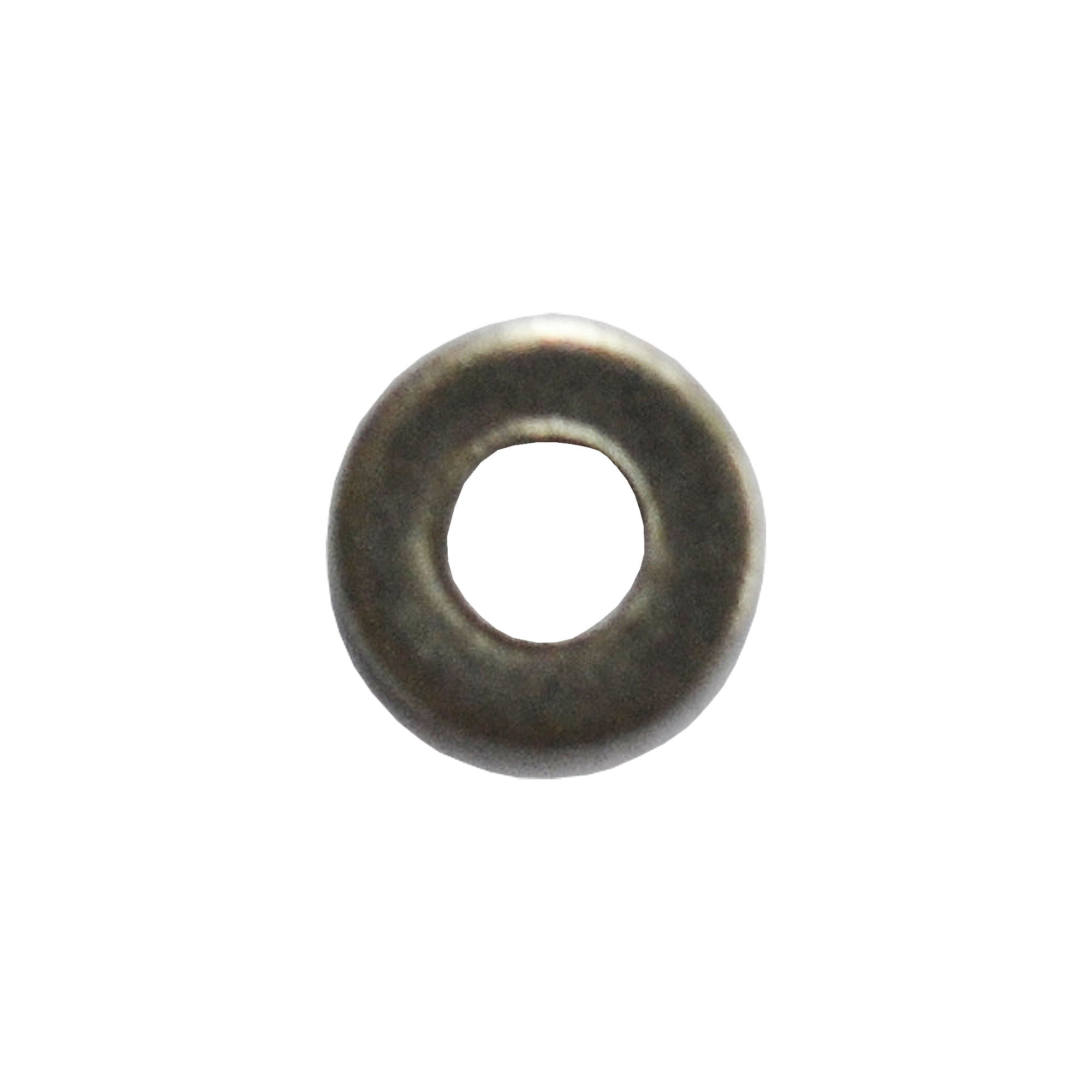
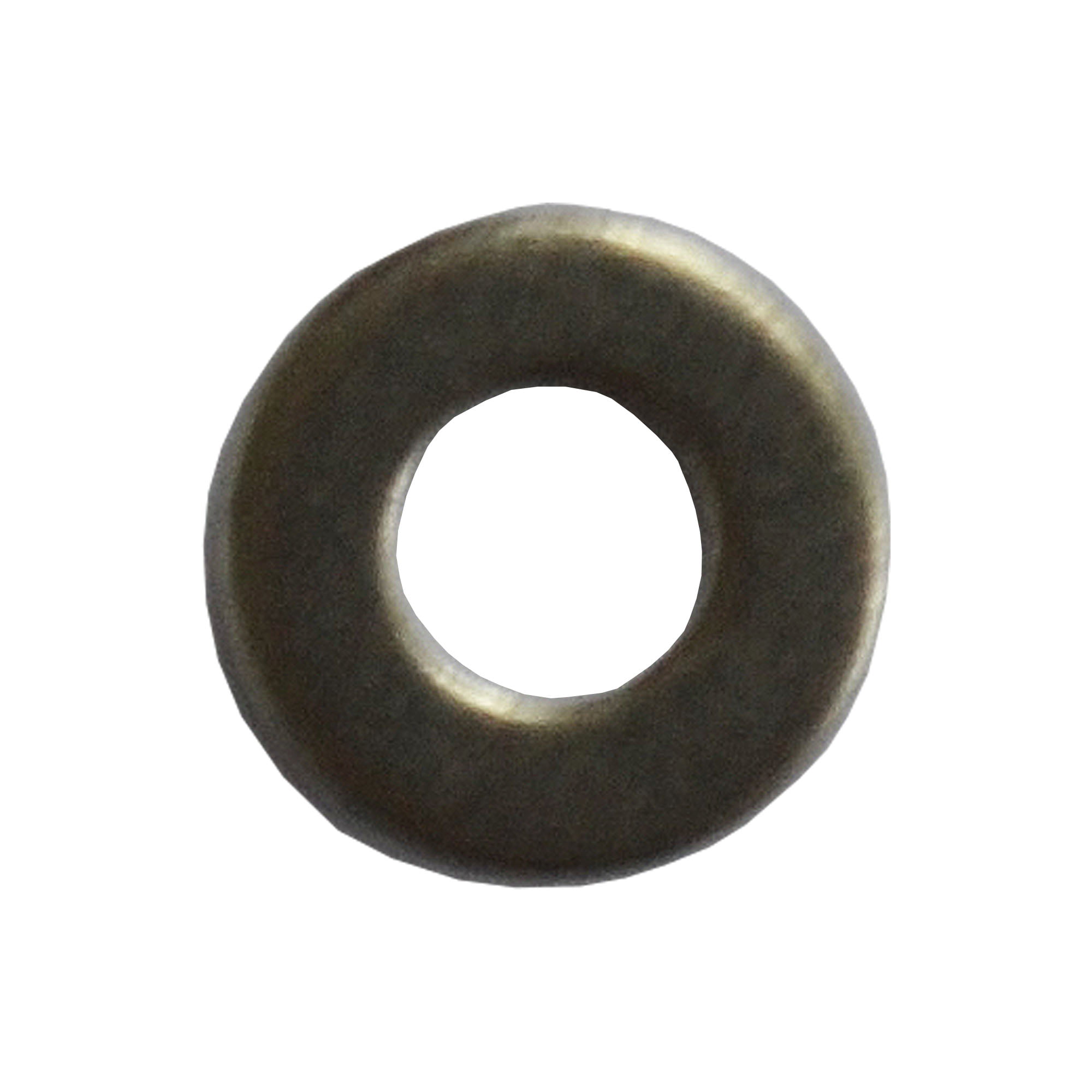
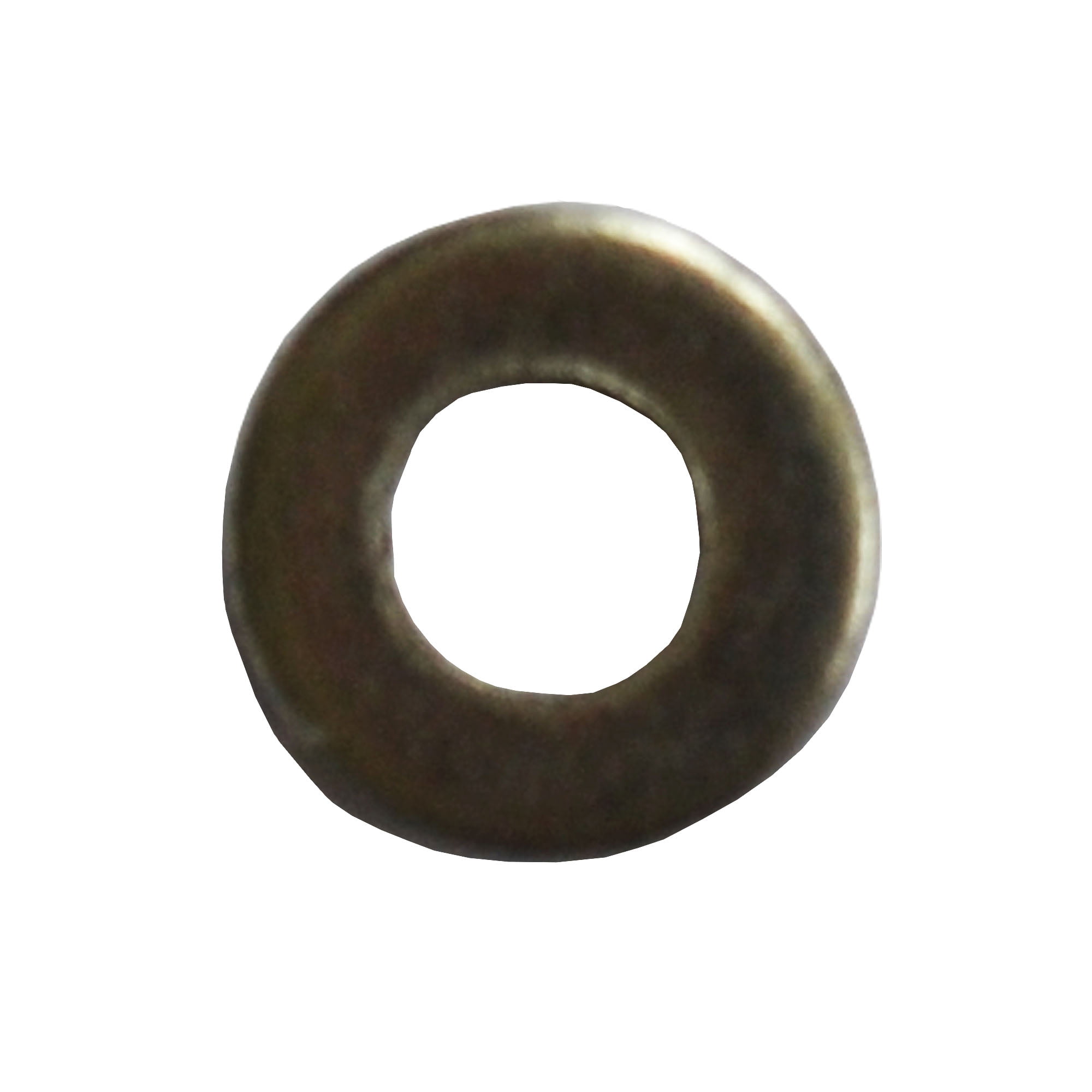
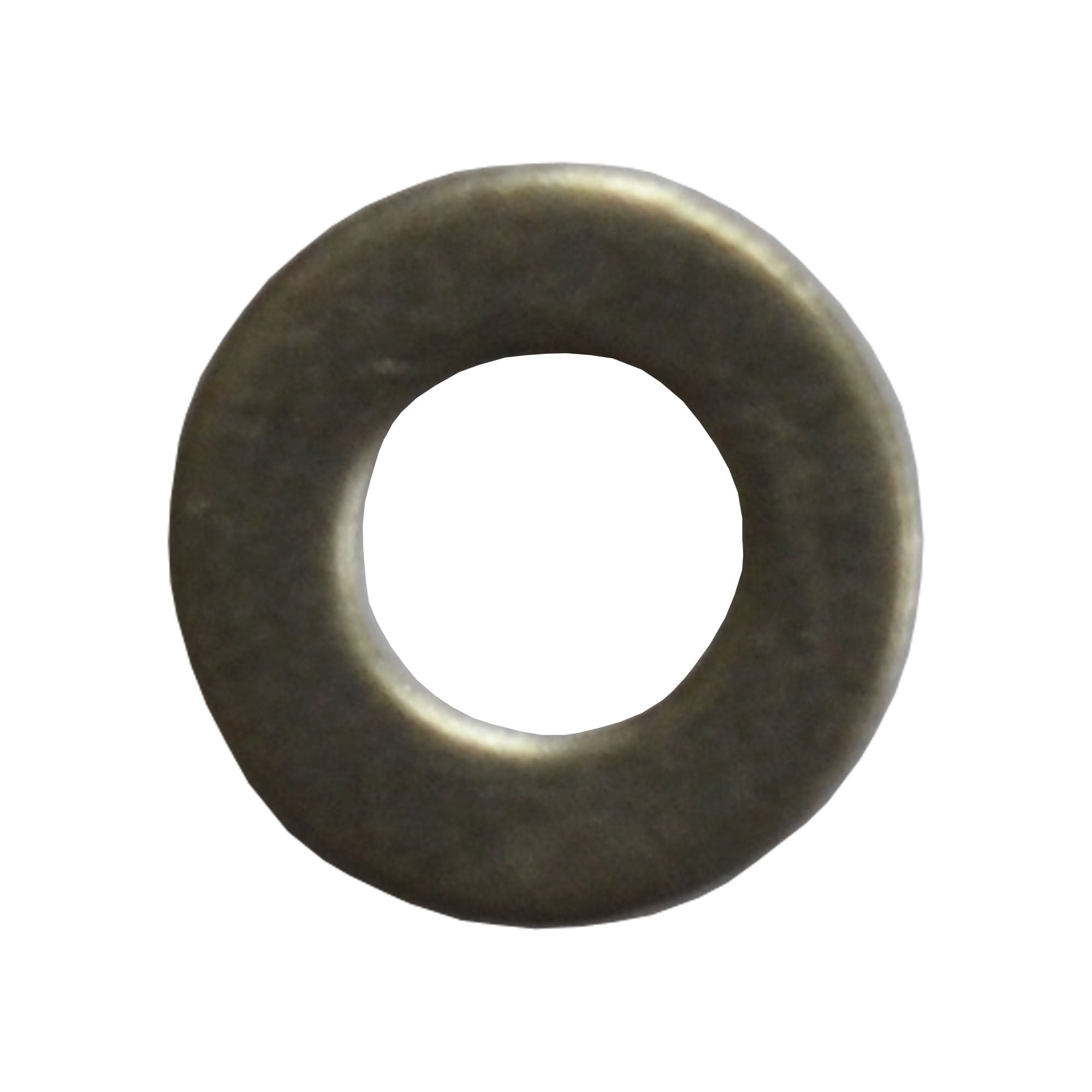
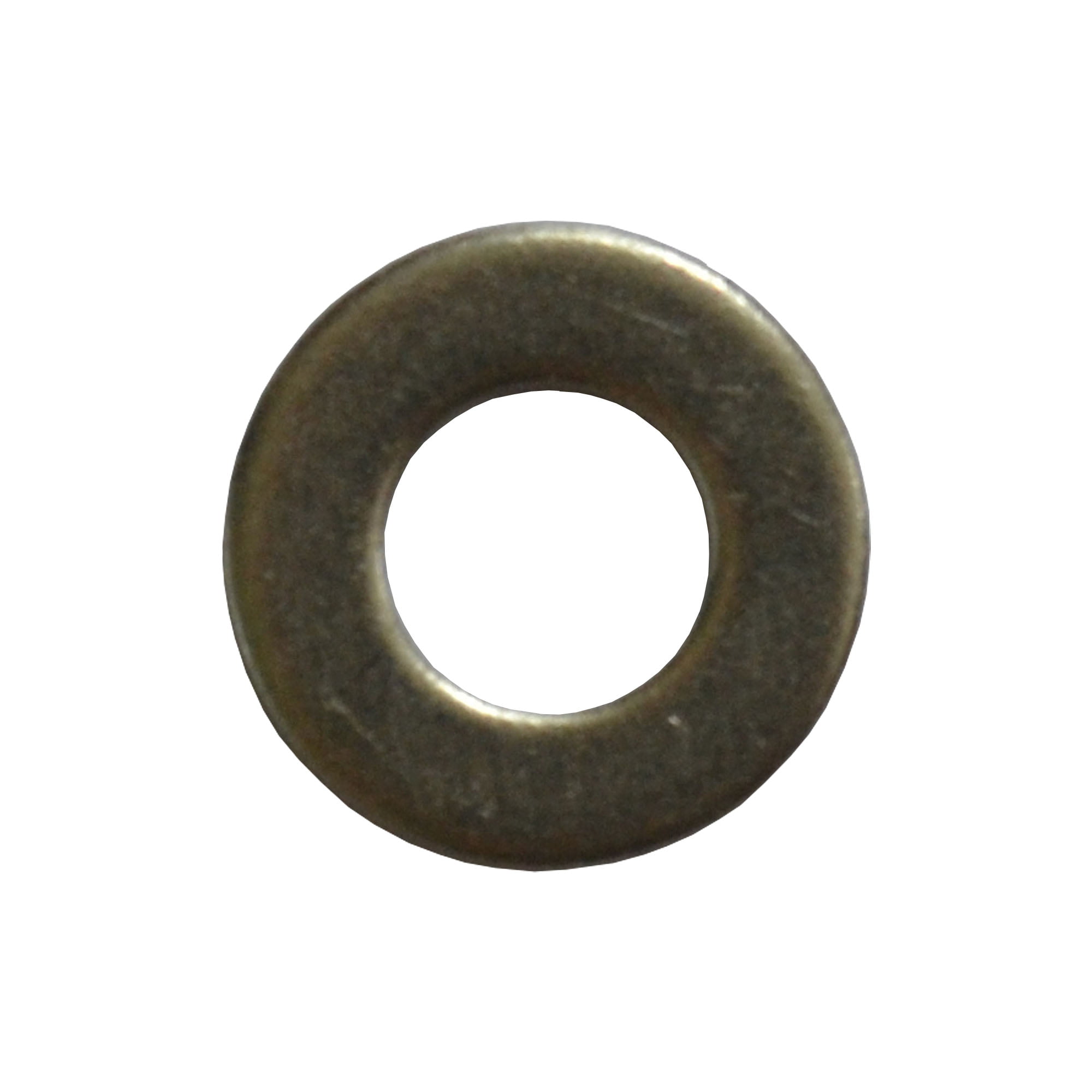
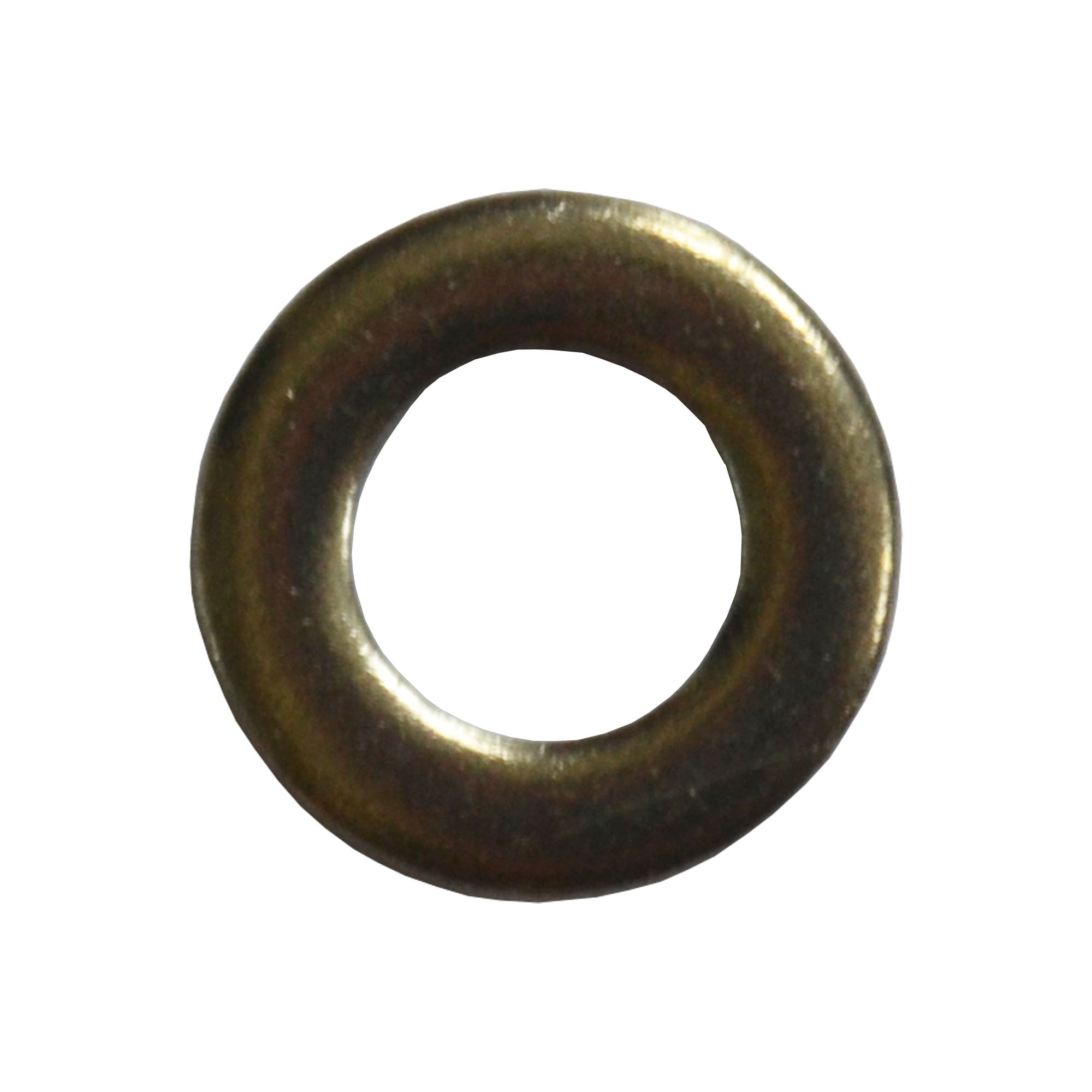
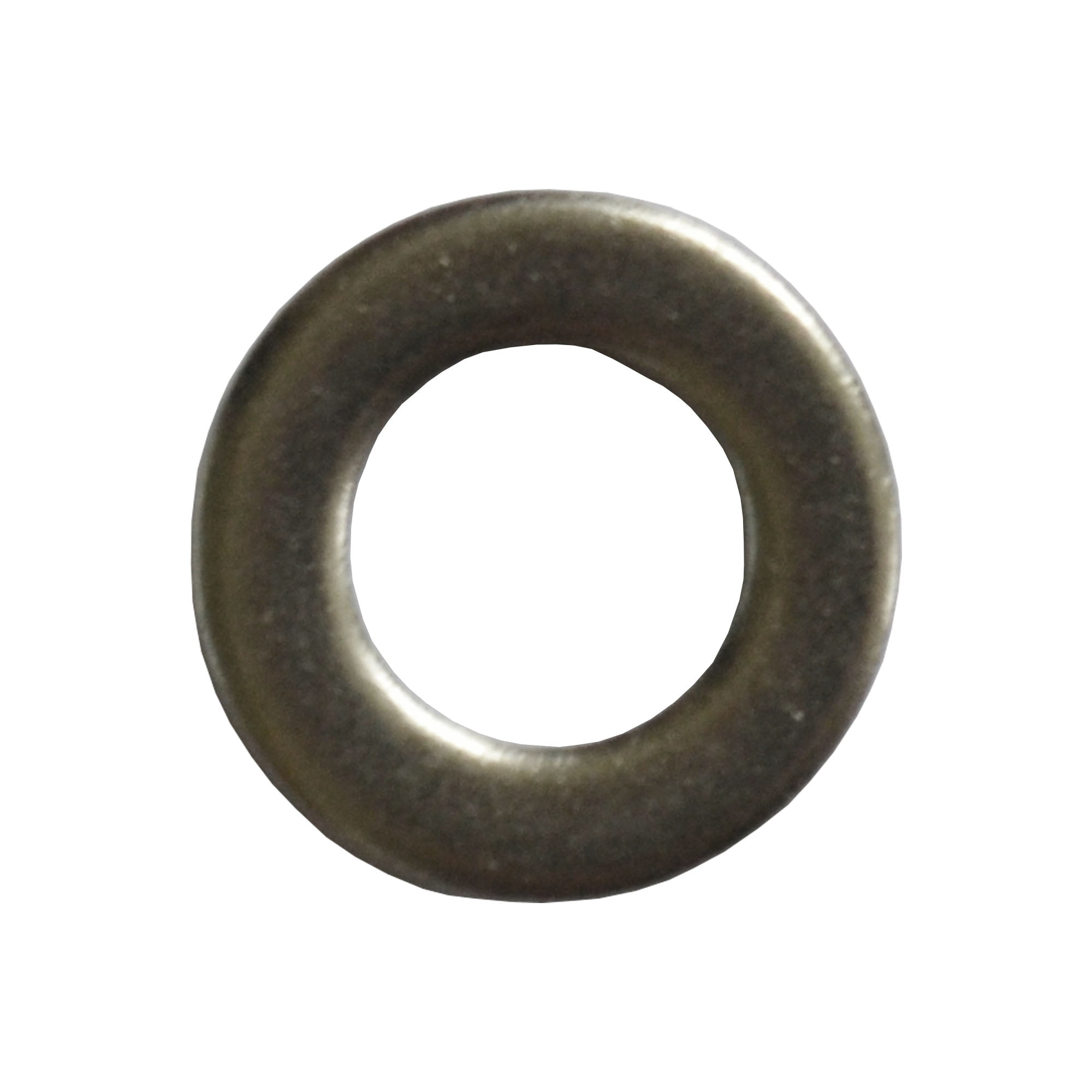
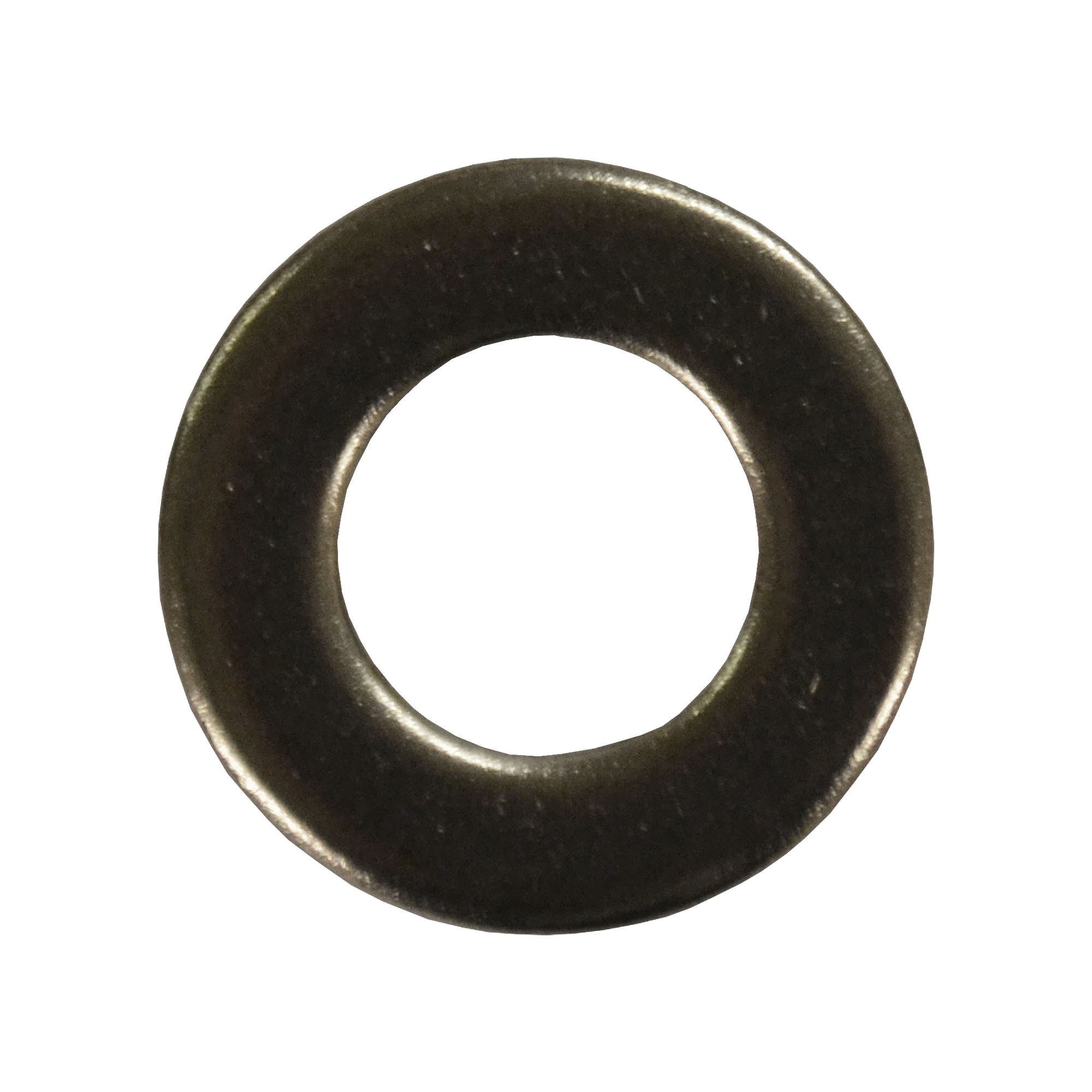
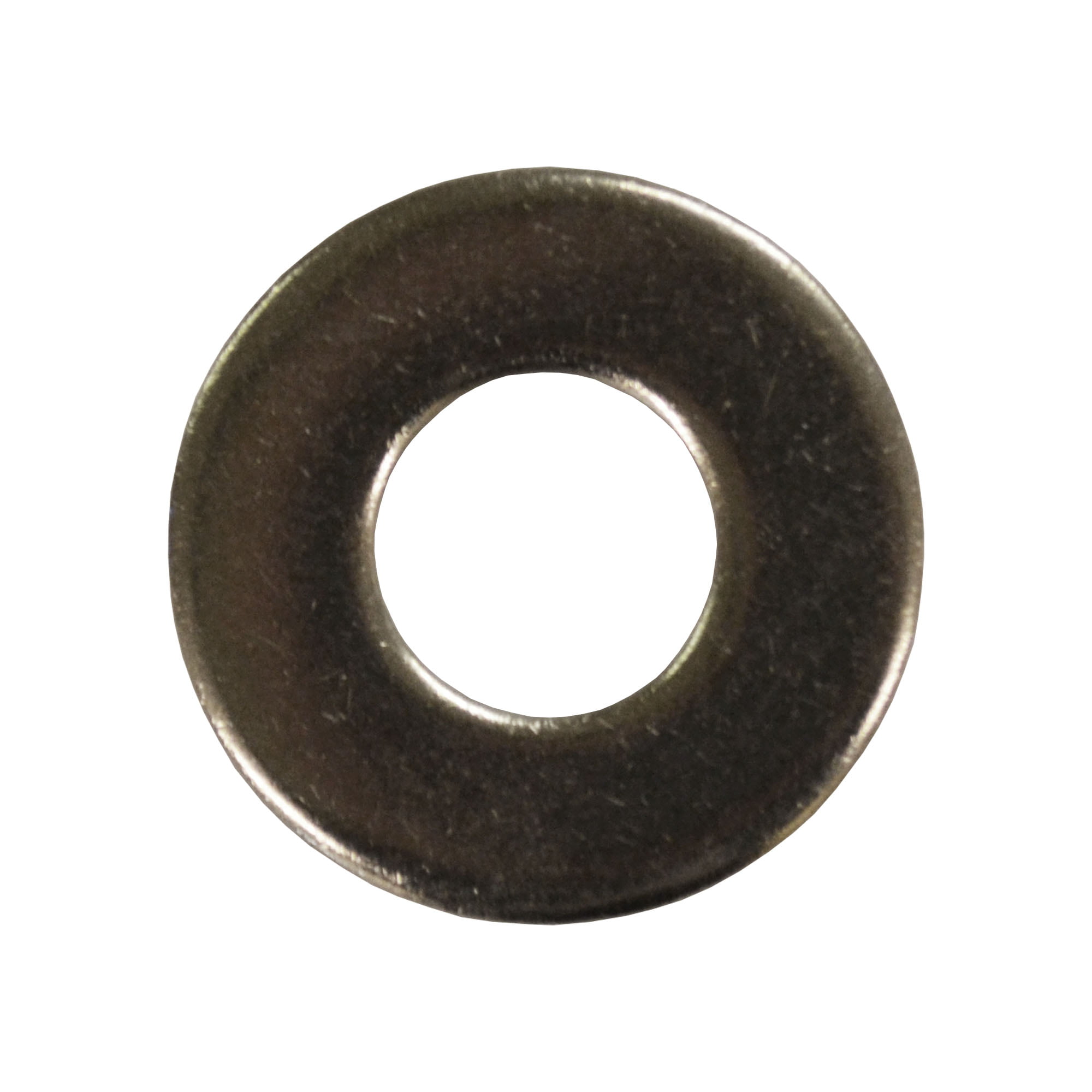
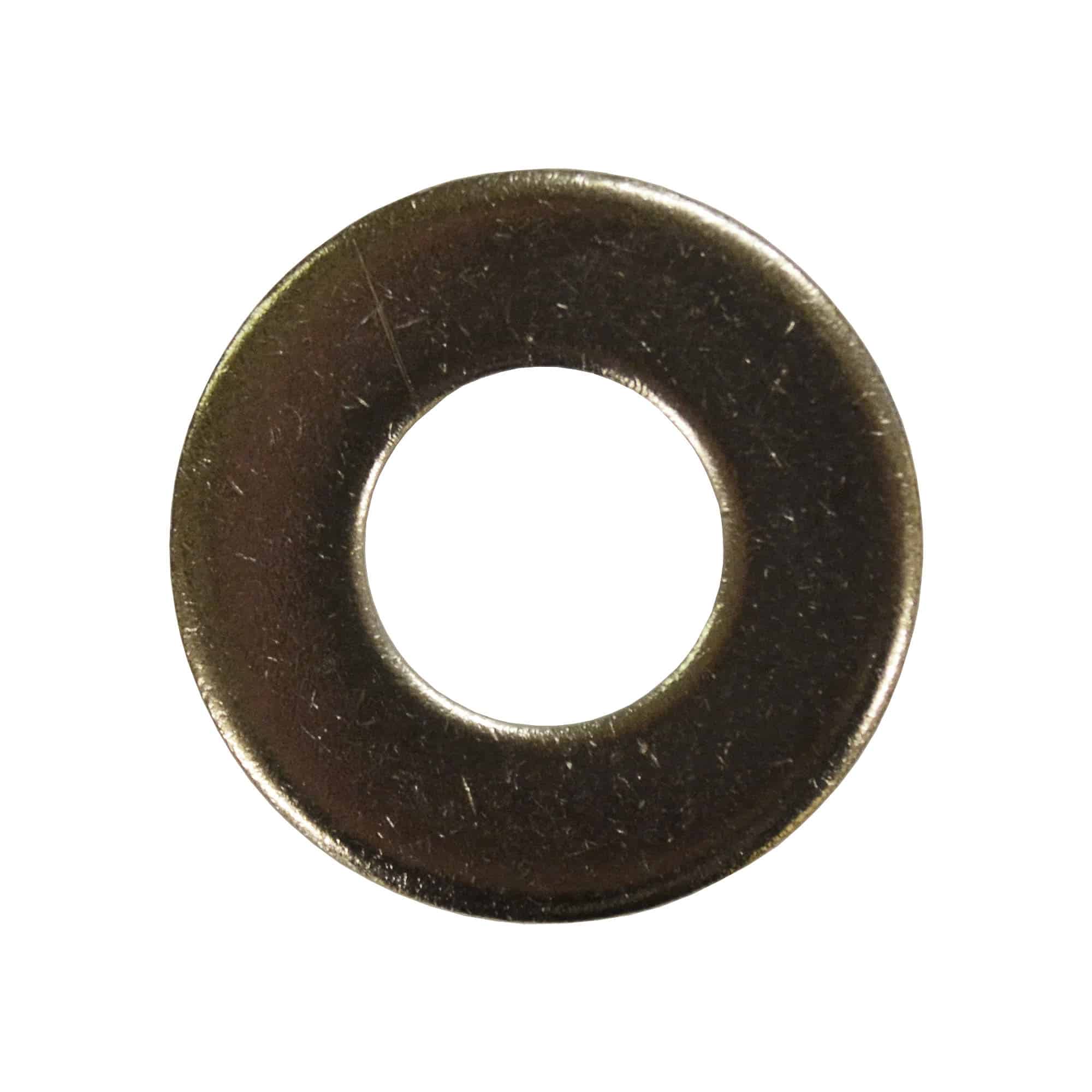
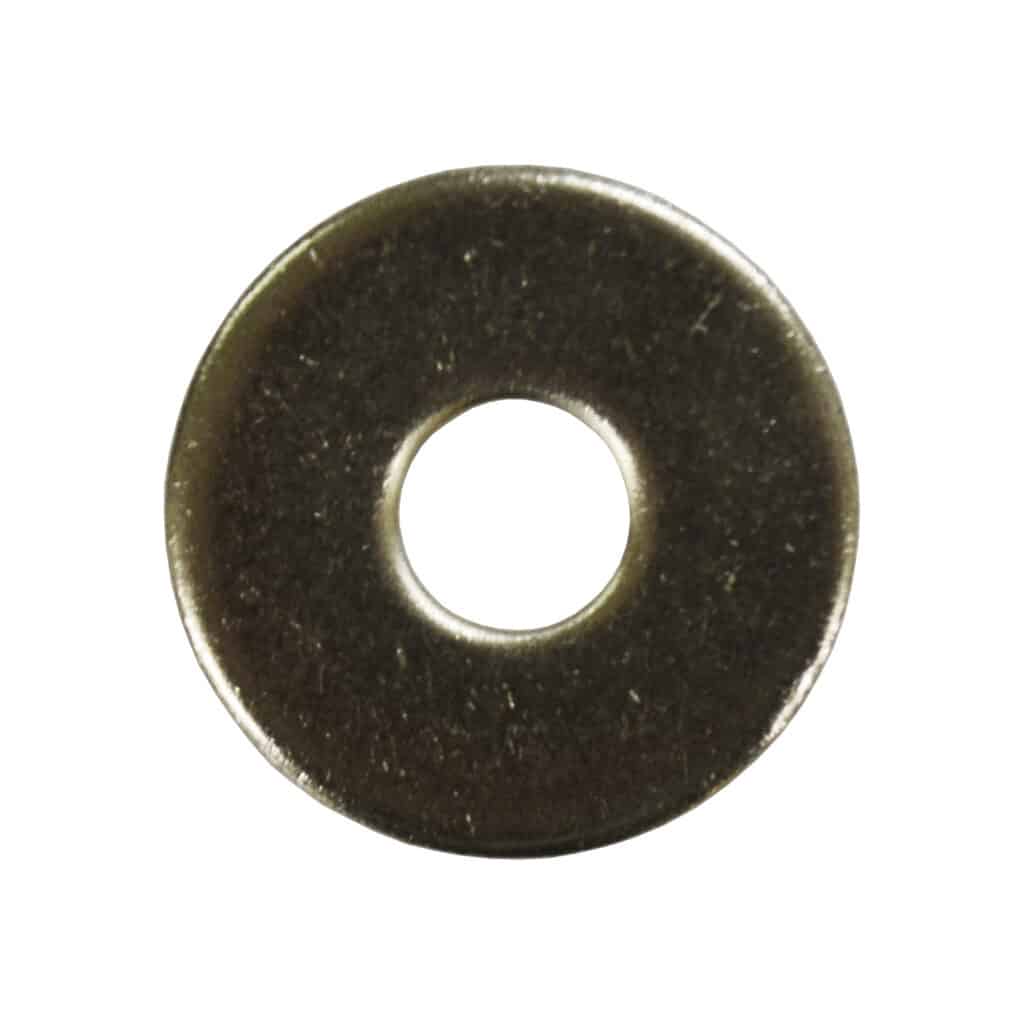
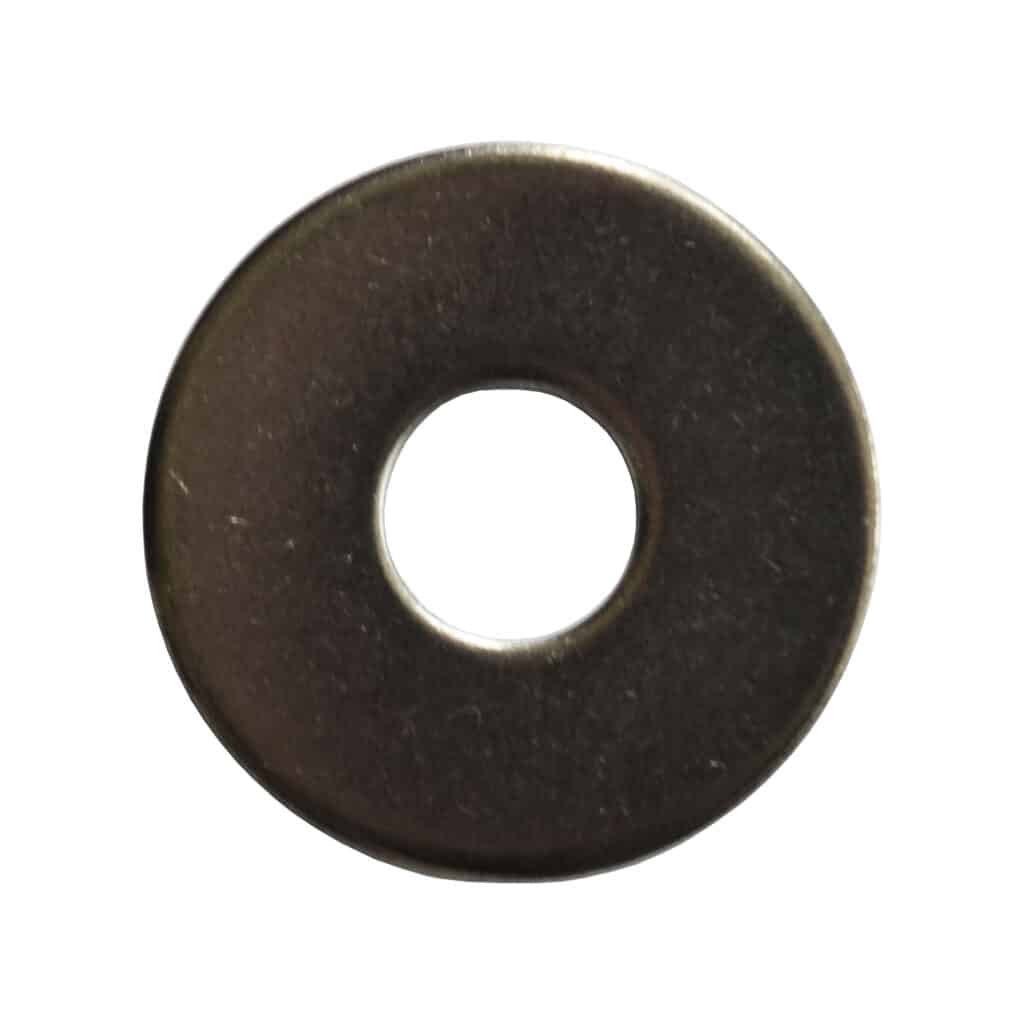
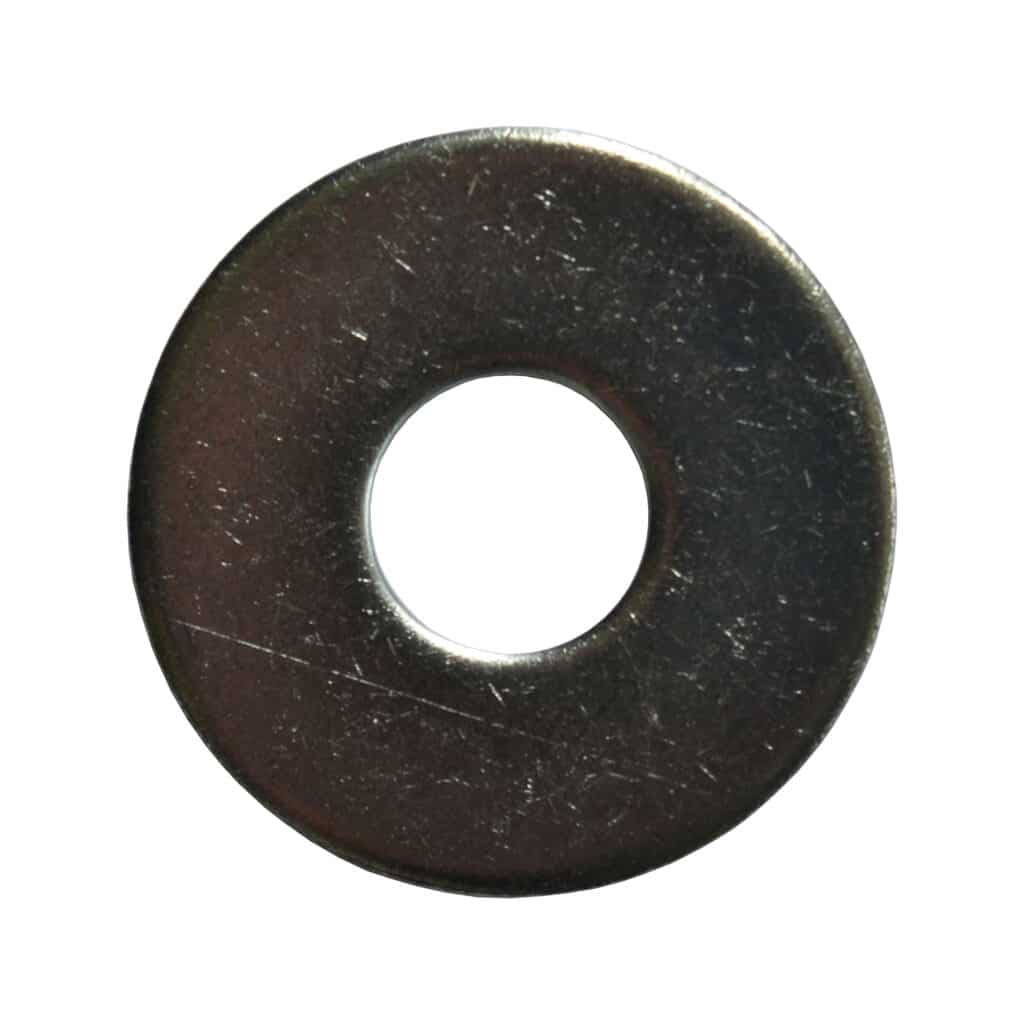
Finally, the comparison between Form A and Form C washers emphasises the importance of understanding the subtle yet significant differences between washer types.
Although seemingly insignificant, choosing the right washer plays a crucial role in the durability and effectiveness of an assembly. In order to ensure the selection of the most appropriate washer for your specific needs, we encourage readers to weigh the factors discussed and seek professional advice when necessary.
We hope that this article has been of help for you in seeking the right washer for your unique project.
As always, thank you for checking out our blog. We hope that this helps you with your project.
Please also check out the other articles in our helpful guide series. We have written about aluminium sheeting and checker plate recently to name but two of our articles.
We are also proud to sell this product on our highly popular eBay store, check us out there too.
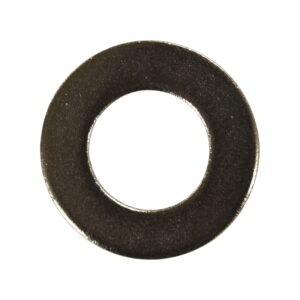
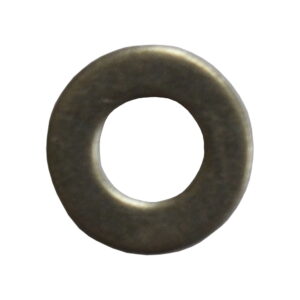
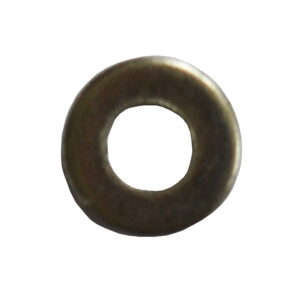
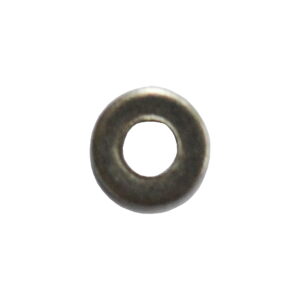
Speciality Metals
Unit 1, Farrell Street, Warrington,
Cheshire, WA1 2WW, United Kingdom
Quick Links
Payment Options
